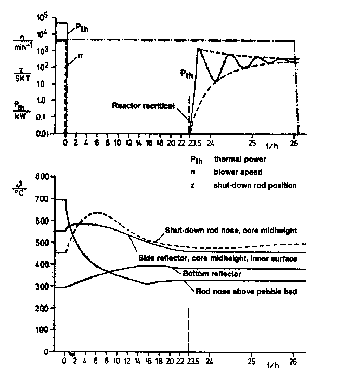 or
or  or
or 
Some ways to generate electricity for electric cars
Electric cars are emissions free, unless the electric power they use comes from coal power plants. Electric cars are becoming available, and more are planned.

2010 Chevrolet Volt Electric Vehicle
Chevrolet will produce the Volt EV in the 2010-2012 time frame. It is powered by electricity from batteries that will allow the car to travel 40 miles on a single overnight charge. It also has a range extending internal combustion engine designed to run on gasoline, E85, or biodiesel fuels. The engine will give the drivers the confidence to venture out in a electric car, knowing they can drive even if the batteries run out. The turbo-charged three-cylinder engine provides 71 hp, and the electric motor can provide 161 hp. If you commute only 40 miles a day you can save 500 gallons of gasoline a year, saving $1200 after netting out the cost of electricity against $3 gasoline.

2008 Tesla Roadster Electric Car
This sports car can do 0-60 in about 4 seconds. Tesla Motors estimates 250 miles per charge, at a cost for electricity of about 1 cent per mile. Costing $92,000 it will not attract enough consumers to solve the US energy crisis, but it will be fun to drive.

2007 Toyota Prius plug-in hybrid shown to Bush
Consumers can today buy aftermarket conversion kits and batteries to allow cars such as the Toyota Prius to travel 20 miles on electric power alone. California is leading the nation in promoting plug-in hybrid vehicles.
Buying Nuclear Power for Cars
Originally conceived to lower energy costs through competition, electric deregulation has allowed consumers the choice of energy suppliers, and many choose "green" sources like wind power, or cow power (methane generated). Consumers pay a premium of about $0.04 per kilowatt-hour.
"Inconvenient Truth" Al Gore was criticized for the high energy consumption at his residence mansion, but his retort was that all his energy was purchased from "green" sources, so that he was not contributing to global warming. Providing a nuclear power purchasing option can similarly benefit the nuclear power industry, particularly if some electric vehicle fleets could be promoted as using clean, safe nuclear power.
I'd like to drive a car with a "Nuclear Powered" sign. Consumers today can not choose nuclear power. Nuclear power plant operators should file the necessary tariffs and enter into contracts with distribution utilities so that a consumer could indeed buy nuclear power for recharging his vehicle.
Melt-down-proof pebble bed reactors may be the power source for the future US automobile fleet.


